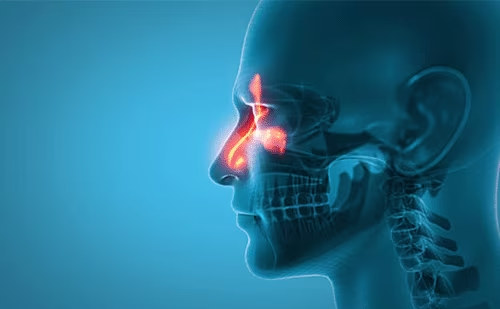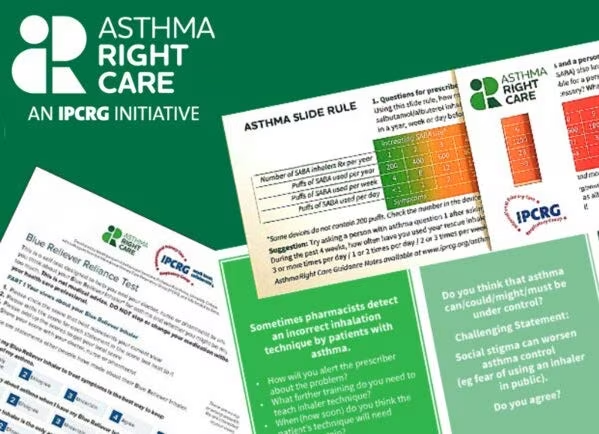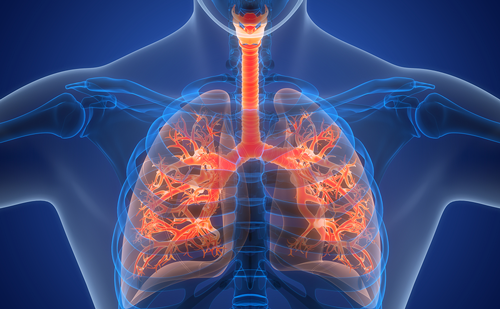Search Results
Showing Results for self-management

Improving Access and Outcomes in Pulmonary and Critical Care: A Q&A with Future Leader, Dr Amy Wolfe
As part of our Future Leaders series, we spoke with Dr Amy Wolfe, Director of the LSUHSC-Wetmore TB Clinic and Assistant Professor of Medicine at LSUHSC in New Orleans. A specialist in pulmonary and critical care medicine, Dr Wolfe shares how her early experiences in post-Katrina New Orleans inspired her focus on health equity. She discusses the challenges of treating TB in underserved communities, the importance of wraparound care, and promising innovations in pulmonology—from AI-based diagnostics to expanded access to pulmonary rehabilitation and lung cancer screening.

In this episode, Professor Irene Higginson, Director of Better Health and Care Futures at King’s College London, discusses the complex challenges of managing breathlessness. She explores non-pharmacological strategies, the value of multidisciplinary care, and how the Breathlessness Support Services at KCL are transforming patient support. Tune in for expert insights and a look at future directions in breathlessness research and care.

In this interview, Professor Juzar Ali, MD, FRCP(C), FCCP, a leading expert in respiratory medicine and LSU Alumni Klein Professor Emeritus of Medicine at Louisiana State University (LSU) Health Sciences Center in New Orleans, LA, USA, reflects on his distinguished career specializing in tuberculosis (TB), non-tuberculous mycobacterial disease (NTM) and bronchiectasis.

#AAAAI2025: Must-know Updates in Chronic Rhinosinusitis - Key Data from the AAAAI/WAO Joint Congress
The 2025 AAAAI and WAO joint congress highlighted advances in chronic rhinosinusitis (CRS) treatment. Notable studies presented positive results for novel biologic therapies, including tezepelumab, depemokimab and mepolizumab for chronic rhinosinusitis with nasal polyps (CRSwNP), and dupilumab for chronic rhinosinusitis without nasal polyps (CRSsNP). These findings highlight significant advancements in symptom management, offering hope for improved patient outcomes and reduced treatment burdens.

Asthma affects nearly 300 million people worldwide.1 Despite a notable decline in age-standardized prevalence, mortality and disability-adjusted life years over the past three decades, the burden of asthma remains high in many countries including low-middle-income countries.2 Climate change is also predicted ...

The International Primary Care Respiratory Group (IPCRG) has initiated a global social movement to bring meaningful change in asthma management. The driving idea behind this initiative is a recognition that, while the current approach may feel sufficient to many, it falls short of optimal care. The IPCRG network sees clear evidence of avoidable harm and unnecessary costs in the current asthma management framework, which continue to impact lives and wellbeing.1 To counteract this, IPCRG's "Asthma Right Care" aims to inspire a shift towards better care practices by reducing both overuse and underuse of effective treatments. This means moving beyond episodic symptom relief and acute responses to establish a chronic care model that adheres to international or national asthma guidelines, prioritizing the appropriate use of anti-inflammatory inhaled medications.

Approximately half of all smokers will develop chronic obstructive pulmonary disease (COPD), with a disease progression over several years before the spirometric threshold for diagnosis is reached.1 There is, therefore, a clear benefit in identifying patients with COPD as early ...

Interstitial lung diseases (ILDs) are a heterogeneous group of disorders characterized by inflammation and/or fibrosis.1 Pulmonary fibrosis develops due to repeated cycles of injury and impaired repair with fibroblast activation and migration with the resultant deposition of extracellular matrix ...

Chronic rhinosinusitis (CRS) is a chronic sinus disease that affects between 5% and 12% of the general population.1–3 Despite substantially impacting the patient's quality of life, it often remains underdiagnosed and undertreated.1 The European Forum for Research and Education in Allergy and ...

The definition of chronic obstructive pulmonary disease (COPD) has recently been reformulated better to encompass the heterogeneous nature of this lung condition.1 The new definition is broader, includes risk factors other than smoking, and aims to improve the diagnosis, management ...

Asthma and chronic obstructive pulmonary disease (COPD) are disorders with predominantly chronic inflammatory airway features. They are increasingly recognized as entities on a heterogeneous obstructive airway disease continuum with distinct phenotypes, various degrees of overlap, and the predominance of asthma ...

Aspirin-exacerbated respiratory disease (AERD) is a clinical triad of asthma, nasal polyposis and sensitivity to aspirin and other non-steroidal anti-inflammatory drugs (NSAIDs). These patients have severe sinopulmonary inflammation, often refractory to standard treatments.1 However, significant advances in the management of ...

Alpha-1 antitrypsin (AAT) deficiency (AATD) is the second most common genetic disease to cause clinically significant lung disease, surpassed only by cystic fibrosis.1 AAT is a serine protease inhibitor primarily produced in hepatocytes, with a normal plasma level of 20–53 µM ...

Subcutaneous emphysema (SE) is relatively common in the intensive care unit (ICU) and often a complication of positive pressure ventilation.1,2 While typically self-limiting and benign, life-threatening sequela can develop. Progressive accumulation of subcutaneous air can result in significant compressive forces ...

As our ability to treat and manage chronic medical conditions improves, we will see a greater number of our patients manifesting physiologic as well as pathologic changes associated with aging. The objective of this article is to provide a brief ...

Strategy reports from both the Global Initiative for Chronic Obstructive Lung Disease (GOLD) 20201 and the Global Initiative for Asthma (GINA) 20192 highlight the importance of using the triple combination of inhaled corticosteroids (ICS), long-acting β2-agonists (LABAs), and long-acting muscarinic receptor antagonists (...
Latest articles videos and clinical updates - straight to your inbox
Log into your Touch Account
Earn and track your CME credits on the go, save articles for later, and follow the latest congress coverage.
Register now for FREE Access
Register for free to hear about the latest expert-led education, peer-reviewed articles, conference highlights, and innovative CME activities.
Sign up with an Email
Or use a Social Account.
This Functionality is for
Members Only
Explore the latest in medical education and stay current in your field. Create a free account to track your learning.


